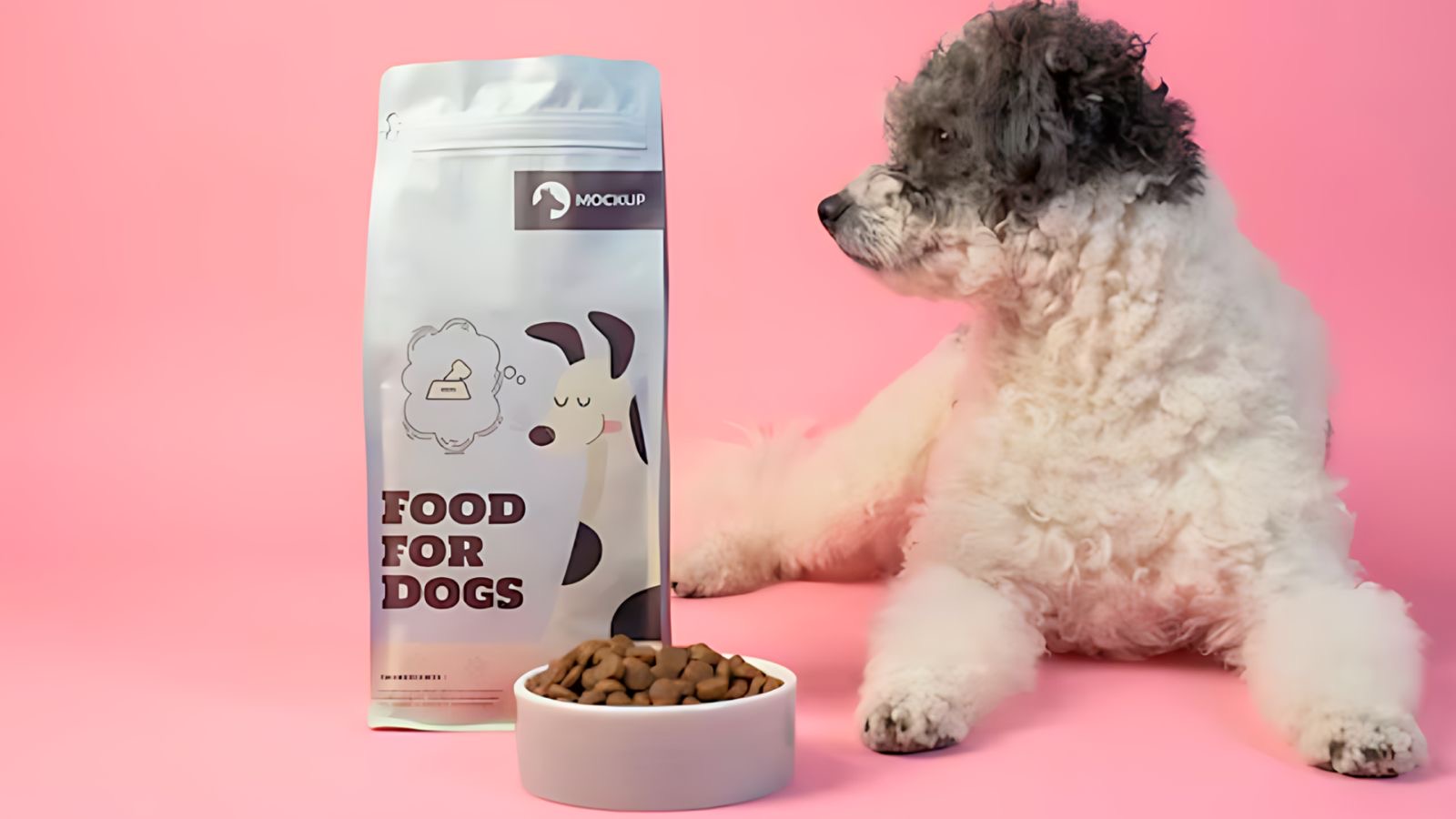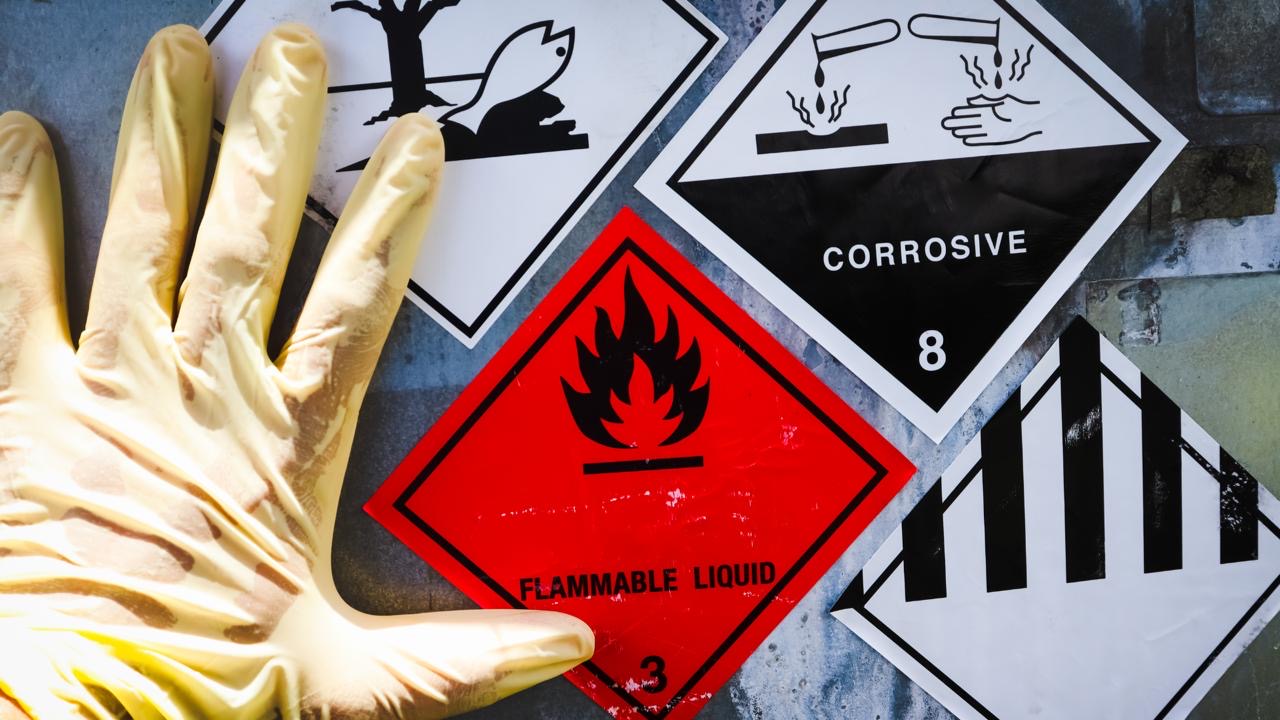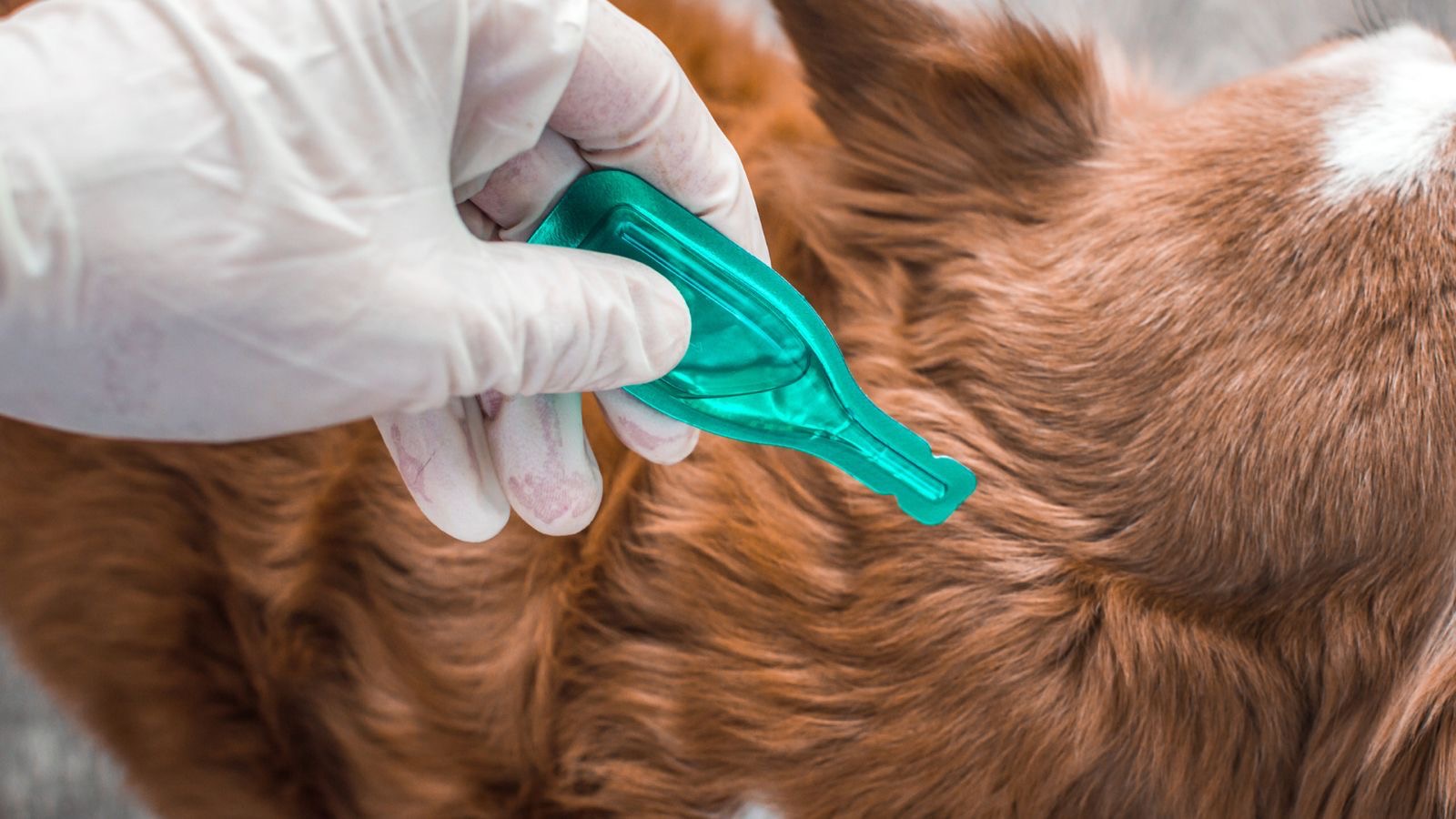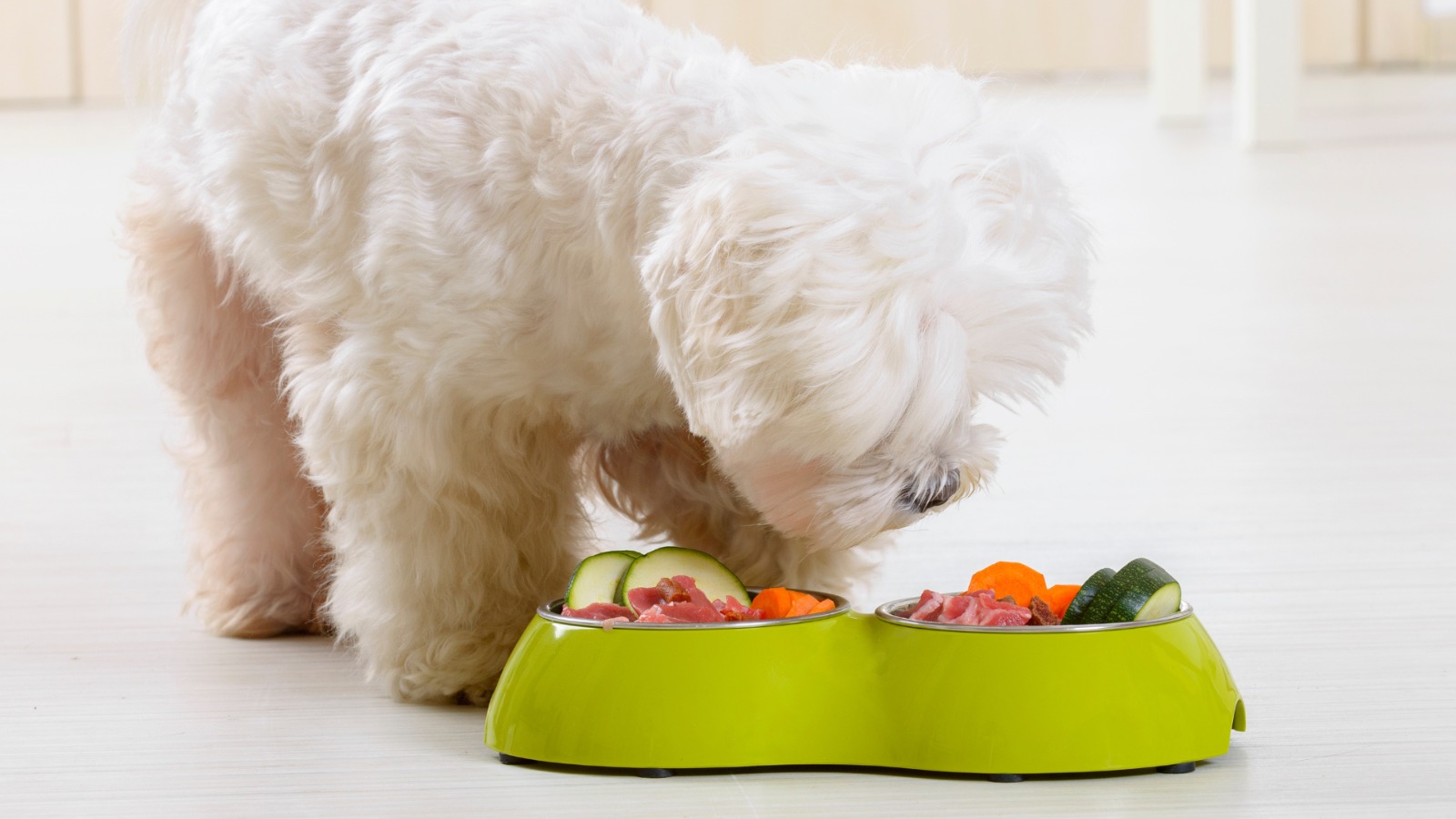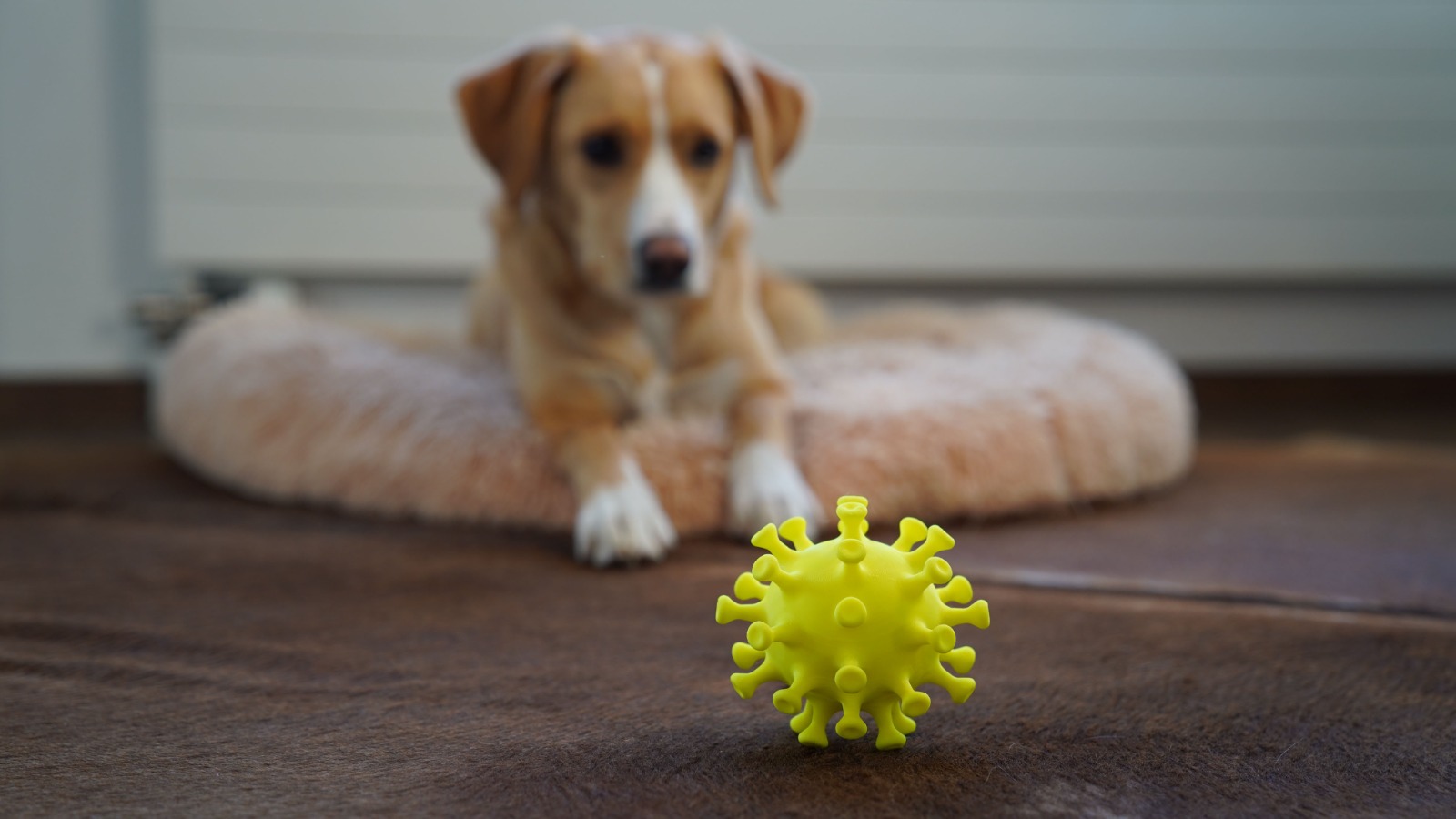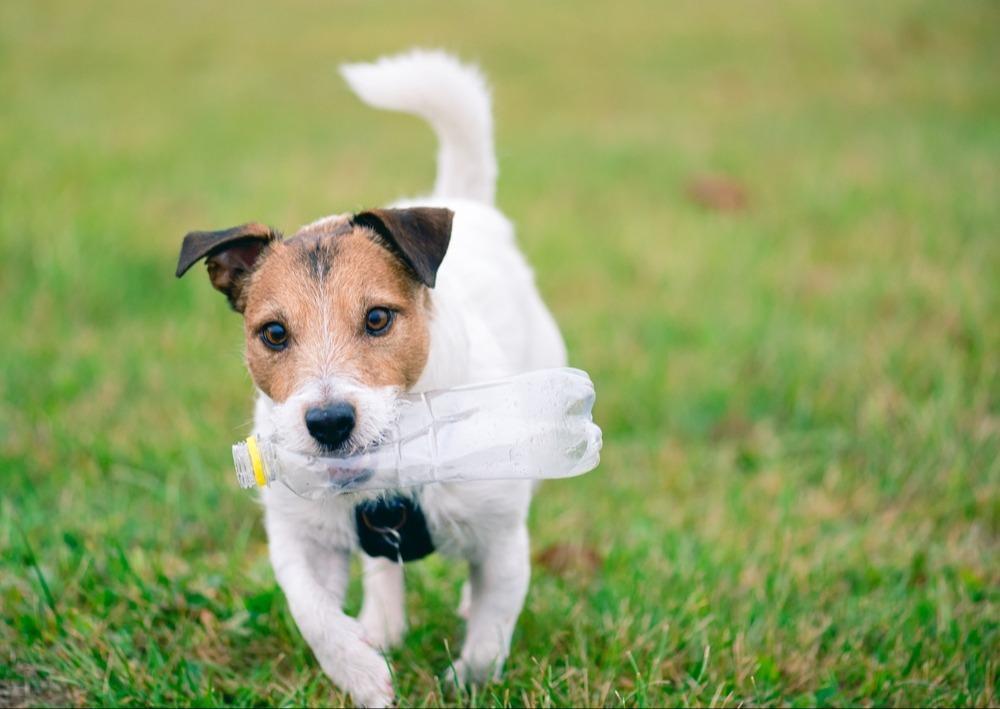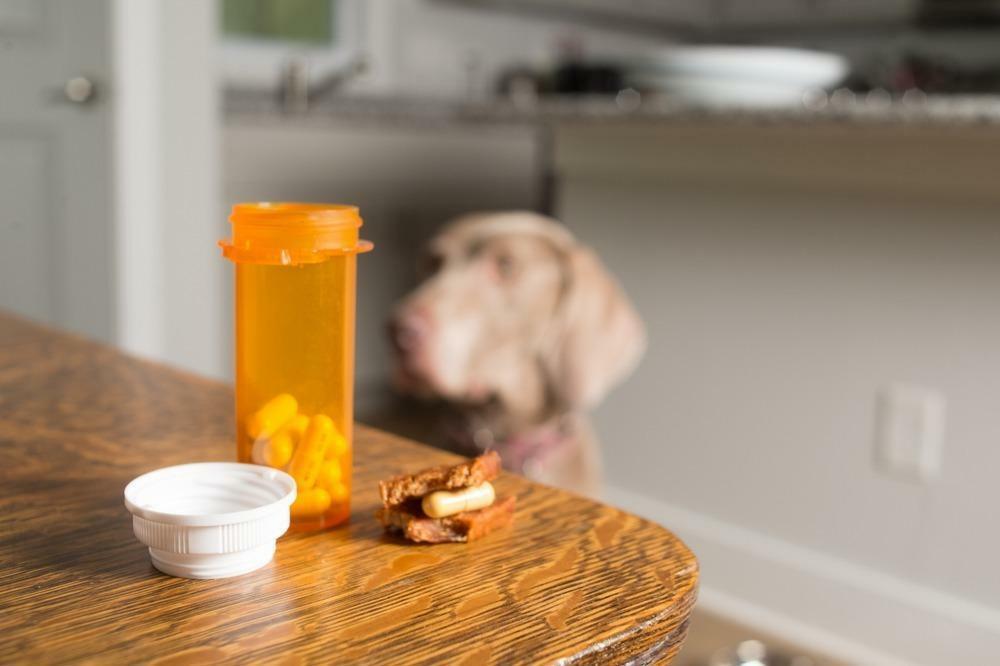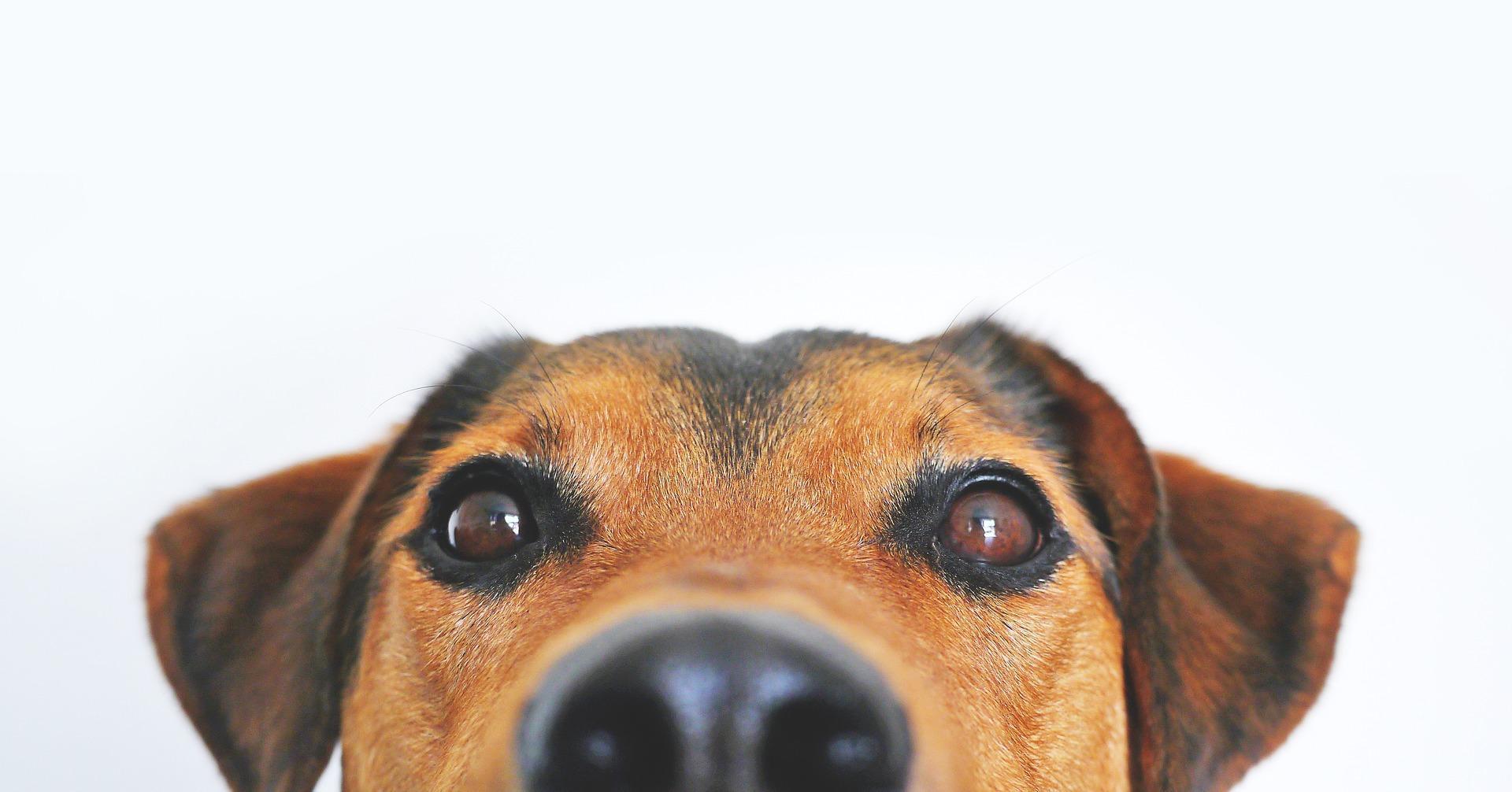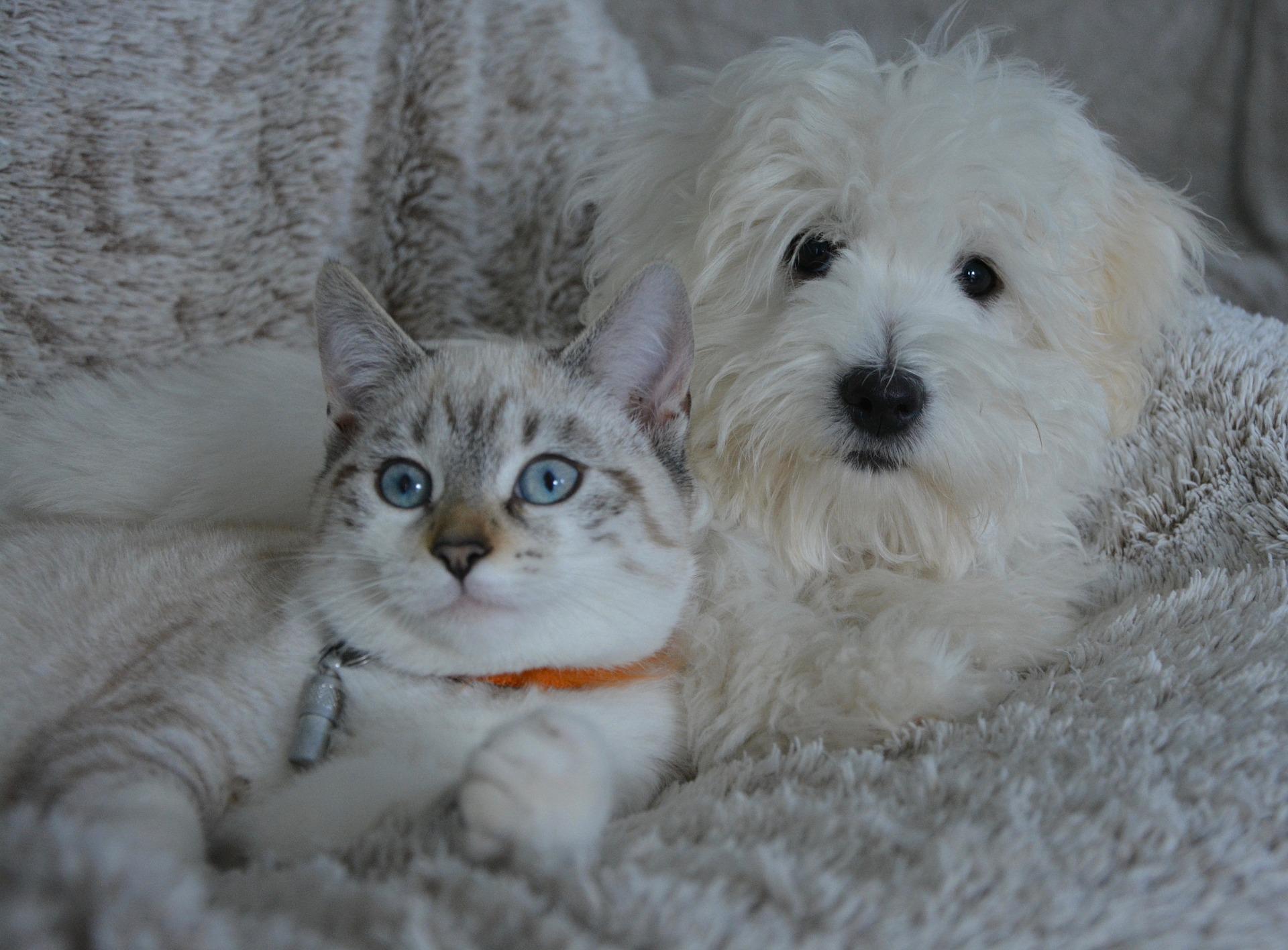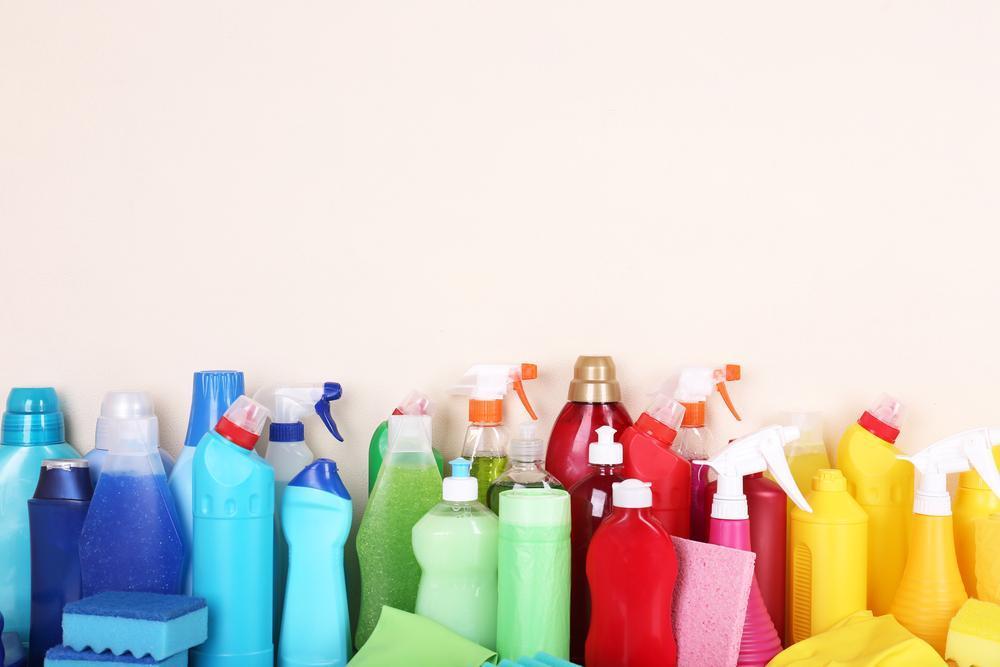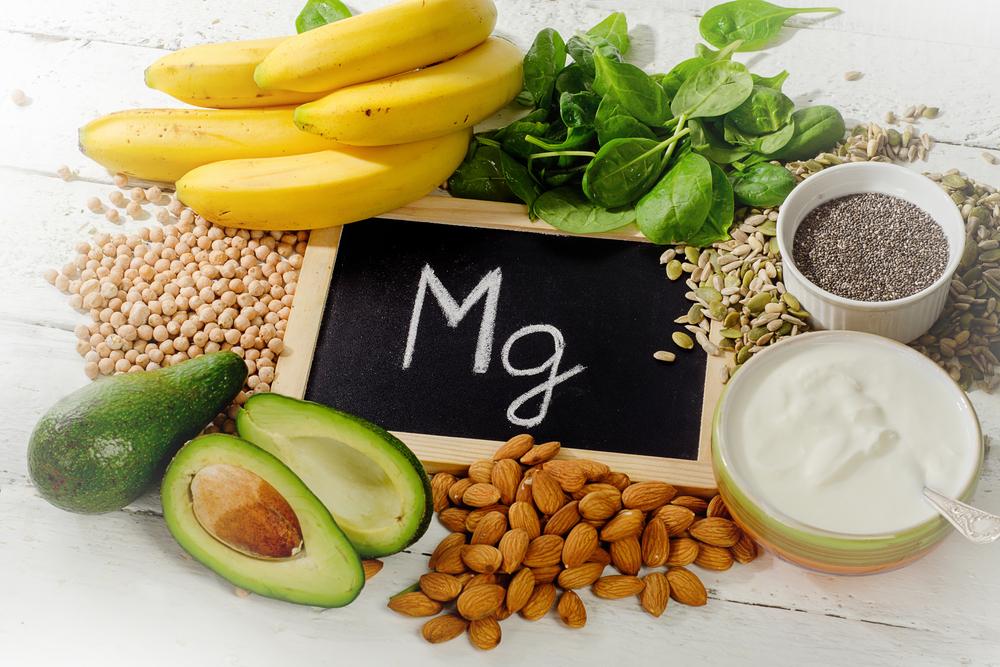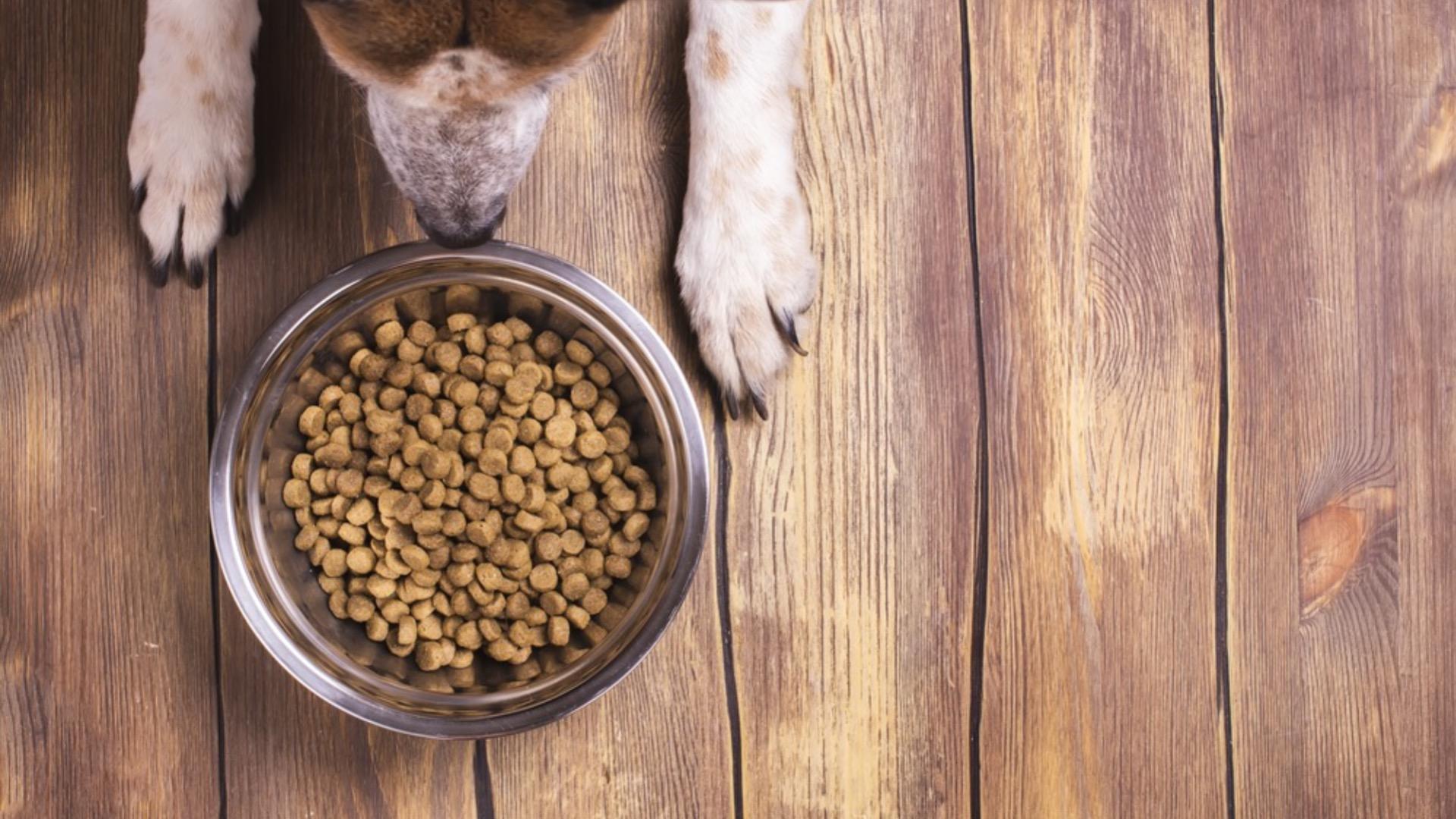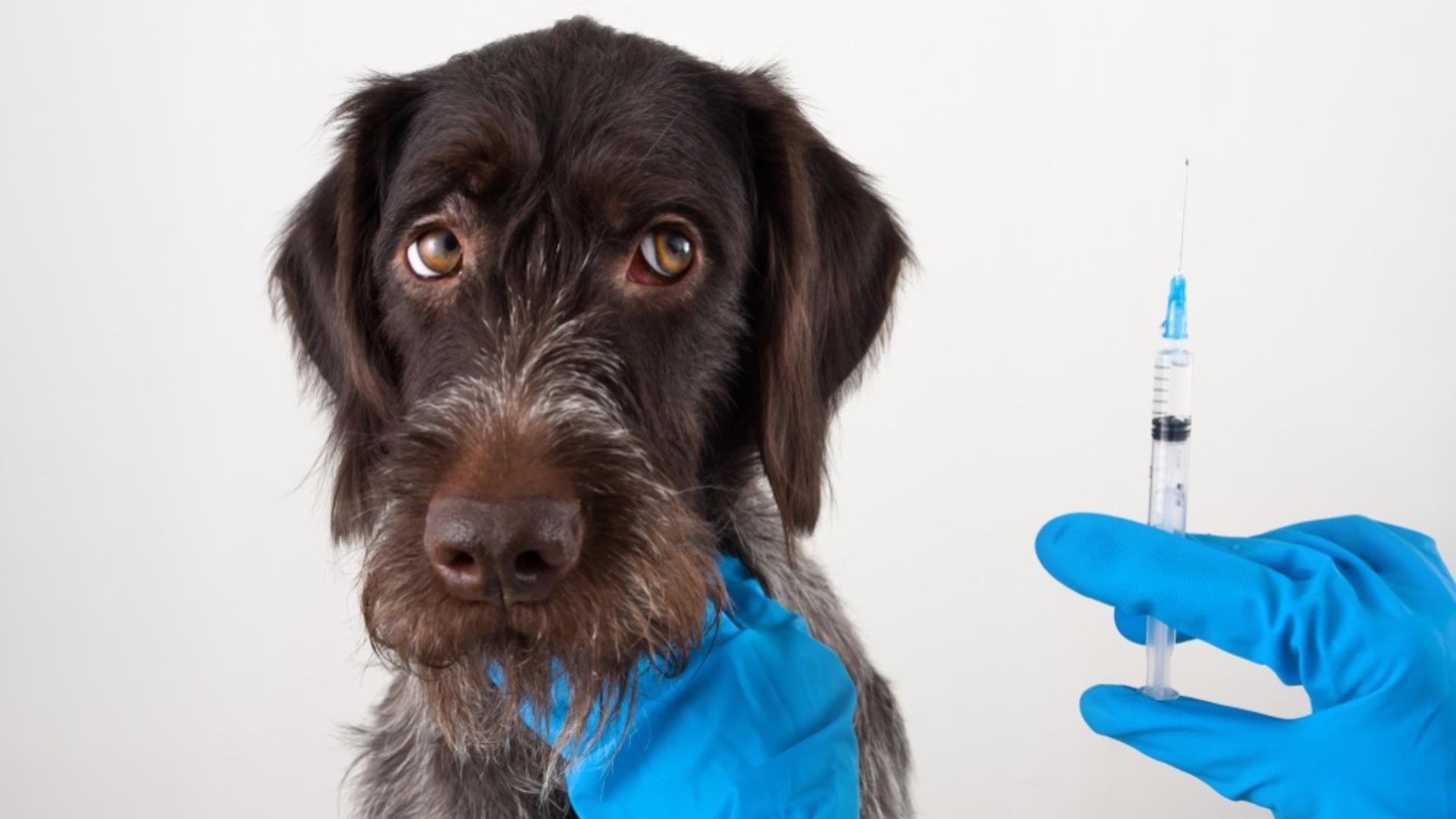
Time and time again we see that our pets are contaminated with a range of chemicals and toxins, but recent data indicates that they boast even higher levels of contamination than us humans.
Let’s take a look at the data and see how we can reduce contamination.
In a recent study, dogs and cats were contaminated with 48 of 70 industrial chemicals tested, including 43 chemicals at levels higher than those typically found in people. The chemicals included:
Average levels of many chemicals were substantially higher in pets than people, with 2.4 times higher levels of stain- and grease-proof coatings (perfluorochemicals) in dogs, 23 times more fire retardants (PBDEs) in cats, and more than 5 times the amounts of mercury.
Blood and urine samples have shown contamination with a range of chemicals, including 11 carcinogens, 31 chemicals toxic to the reproductive system, and 24 neurotoxins.
Cat samples contained 46 chemicals altogether, including 9 carcinogens, 40 chemicals toxic to the reproductive system, 34 neurotoxins, and 15 chemicals toxic to the endocrine system.
Endocrine system toxins raise particular concerns for cats, since they include the thyroid toxins and fire retardants, PBDEs. Thyroid disease (hyperthyroidism) is a leading cause of illness in older cats and it is regularly linked to fire retardant exposure.
Let’s look into individual exposure in a little more detail and some evidence backed links to certain health issues.
– A dog eating scraps from the floor may swallow dirt and dust tracked in from the outdoors and contaminated with heavy metals and pesticides.
– Dogs and cats often eat food processing and packaging chemicals that contaminate their food, day after day and year after year, resulting in cumulative exposures.
– Chew toys might contain plastic softeners.
– Foam beds might be infused or coated with fire retardants and stain-proofing chemicals.
– Plastic water bowls might leach hormone disruptors.
– “Teflon toxicosis” has been the cause of death for hundreds of pet birds nationwide whose lungs filled with blood after they breathed in toxic fumes from overheated, non-stick pans – what may this be doing to our pets?
– Studies show bladder cancer at a higher rate in dogs living near industrial areas or if their owners use lawn and garden weed killers and insecticides.
– In addition, in a case-control study of bladder cancer in household dogs, the cancer risk was significantly increased by the use of topical insecticides. For 1-2 topical applications per year, bladder cancer risk was increased by 1.6 times, whilst more than 2 applications per year the risk was 3.5 times greater.
– Lead toxicosis has been found in dogs and cats in homes with chipping lead-based house paint.
– Malignant lymphomas are found in dogs whose owners use certain lawn pesticides.
– Mouth cancer (oral squamous cell carcinoma) has been found in cats exposed to certain flea repellents.
We must also consider the foods that we are feeding our pets.
A massive recall was initiated in March 2007 after many pets became sick or died after eating certain brands of pet foods.
Poisonings of pets were traced to the presence of melamine and cyanuric acid in imported wheat gluten that was used for pet food production.
“These events highlight the vulnerability of pets and their owners who, due to insufficient government oversight over chemicals present in pet food, are left to trust that the pet food industry will regulate itself.”
The list of potential contaminants is endless, which can leave us a little disheartened as pet owners. But, information is power, and if we know what could be compromising our pet’s health, we can take steps to mitigate the damage.
We can limit exposure to contaminants as much as possible by opting for a low-tox lifestyle.
What does a low-tox lifestyle look like?
The thing to remember is that many of us have become accustomed to sweet smelling homes, but all we really need is a clean home. Wash rugs, blankets and beds frequently (in white vinegar to keep wet dog smells at bay) and if you have guests coming over, pop a vase of (safe) flowers on the table.
We regularly see how a high-tox lifestyle has compromised pet skin health, along with their gut and liver function. And as we can see from the evidence, contaminants are implicated in many more health issues in our pets.
If you would like any support in optimising your pet’s health, then please check out our services to see how we can help.
Thanks for reading,
MPN Team
